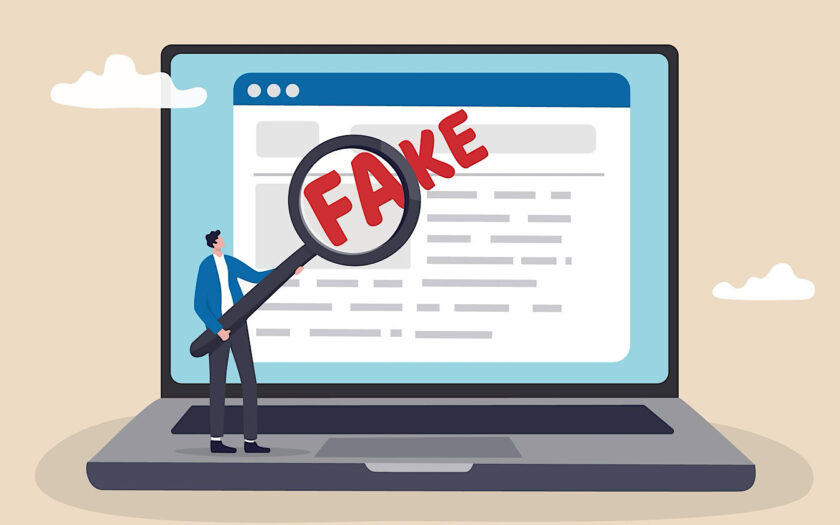[ad_1]
Google’s Developer Advocate, Martin Splitt, warns website owners to be cautious of traffic that appears to come from Googlebot. Many requests pretending to be Googlebot are actually from third-party scrapers.
He shared this in the latest episode of Google’s SEO Made Easy series, emphasizing that “not everyone who claims to be Googlebot actually is Googlebot.”
Why does this matter?
Fake crawlers can distort analytics, consume resources, and make it difficult to assess your site’s performance accurately.
Here’s how to distinguish between legitimate Googlebot traffic and fake crawler activity.
Googlebot Verification Methods
You can distinguish real Googlebot traffic from fake crawlers by looking at overall traffic patterns rather than unusual requests.
Real Googlebot traffic tends to have consistent request frequency, timing, and behavior.
If you suspect fake Googlebot activity, Splitt advises using the following Google tools to verify it:
URL Inspection Tool (Search Console)
Finding specific content in the rendered HTML confirms that Googlebot can successfully access the page.
Provides live testing capability to verify current access status.
Rich Results Test
Acts as an alternative verification method for Googlebot access
Shows how Googlebot renders the page
Can be used even without Search Console access
Crawl Stats Report
Shows detailed server response data specifically from verified Googlebot requests
Helps identify patterns in legitimate Googlebot behavior
There’s a key limitation worth noting: These tools verify what real Googlebot sees and does, but they don’t directly identify impersonators in your server logs.
To fully protect against fake Googlebots, you would need to:
Compare server logs against Google’s official IP ranges
Implement reverse DNS lookup verification
Use the tools above to establish baseline legitimate Googlebot behavior
Monitoring Server Responses
Splitt also stressed the importance of monitoring server responses to crawl requests, particularly:
500-series errors
Fetch errors
Timeouts
DNS problems
These issues can significantly impact crawling efficiency and search visibility for larger websites hosting millions of pages.
Splitt says:
“Pay attention to the responses your server gave to Googlebot, especially a high number of 500 responses, fetch errors, timeouts, DNS problems, and other things.”
He noted that while some errors are transient, persistent issues “might want to investigate further.”
Splitt suggested using server log analysis to make a more sophisticated diagnosis, though he acknowledged that it’s “not a basic thing to do.”
However, he emphasized its value, noting that “looking at your web server logs… is a powerful way to get a better understanding of what’s happening on your server.”
Potential Impact
Beyond security, fake Googlebot traffic can impact website performance and SEO efforts.
Splitt emphasized that website accessibility in a browser doesn’t guarantee Googlebot access, citing various potential barriers, including:
Robots.txt restrictions
Firewall configurations
Bot protection systems
Network routing issues
Looking Ahead
Fake Googlebot traffic can be annoying, but Splitt says you shouldn’t worry too much about rare cases.
Suppose fake crawler activity becomes a problem or uses too much server power. In that case, you can take steps like limiting the rate of requests, blocking specific IP addresses, or using better bot detection methods.
For more on this issue, see the full video below:
Featured Image: eamesBot/Shutterstock
[ad_2]
